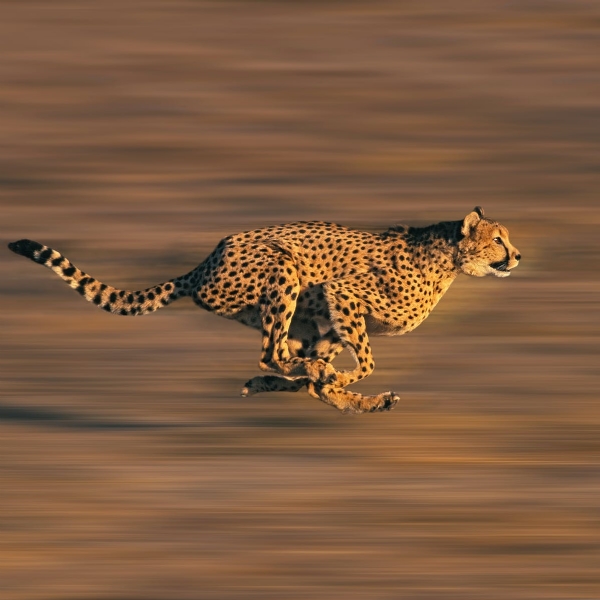Cheetahs to be reintroduced in India: Report
Cheetah from Namibia and South Africa are set to reach India in the next four to six months and be reintroduced into the Kuno national park in Madhya Pradesh
Total Views |
New Delhi, Sept7: Cheetahs from Namibia and South Africa are set to reach India in the next four to six months and be reintroduced into the Kuno national park in Madhya Pradesh, so according to the officials from the Union Environment Ministry. The relocation comes 74 years after the last big cat was shot in India. In 1952, the cheetah was designated extinct in the country.

“We are expecting African Cheetahs to arrive in the next 4-6 months. The Kuno national park is being prepared for reintroduction,” remarked Gaurav Khare, the environment ministry's official spokesperson.
In the initial phase, 12 to 15 cheetahs are expected to arrive later this year or early in 2022, but 40 to 50 are expected to be reintroduced over the next five years. According to SP Yadav, member secretary of the National Tiger Conservation Authority (NTCA), which is in charge of the project, “Experts from South Africa visited Kuno and found the habitat suitable for reintroduction. In fact, they said it is better than some of their habitats in South Africa. Reintroduction will take months. First, we need to see if they (the cheetahs) are able to kill prey in a very large enclosure,” explained Yadav.
According to experts, chital, chinkara, and blackbucks may be ideal prey for cheetahs in India. Cheetahs, according to Yadav, do not absolutely require meadows and prefer the woods of central India and parts of Rajasthan.
From what we can tell, their habitat is diverse. Cheetahs were last observed in the wild in the Sal forests of Chhattisgarh,” said Yadav, adding that “each Cheetah requires between 10 to 20 square kilometres of land.” Because they are little cats, they require significantly less space than, say, a tiger. There is no documented evidence of a Cheetah attacking people. Their prey consists primarily of tiny ungulates (hooved mammals).”
The Asiatic Cheetah is listed as severely endangered by the International Union for Conservation of Nature (IUCN). The Asiatic Cheetah, which once ranged from the southwest and central Asia to India, is currently only known to occur with certainty in Iran. According to the IUCN, the population is extremely tiny. Because of the Asiatic Cheetah's severely low population, African Cheetahs, another subspecies, are being investigated for reintroduction in India, but the attempt has been criticised by some scientists.